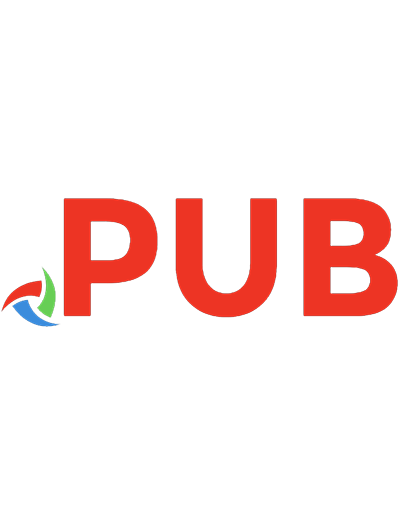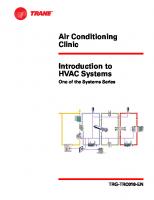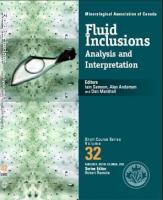Introduction to Wireless Systems 9780132447898, 0132447894
This work promotes a systems-engineering perspective on the design and analysis of a wireless communication system. It t
673 59 6MB
English Pages 507 Year 2008

- Author / Uploaded
- Frederick C. Berry
- Bruce A. Black
- Philip S. DiPiazza
- Bruce A. Ferguson
- David R. Voltmer
Table of contents :
Content: Preface xiiiAcknowledgments xvAbout the Authors xviiChapter 1: Introduction 1Overview 1System Description 4Historical Perspective 10Systems Engineering and the Role of the Systems Engineer 12Chapter 2: The Radio Link 17Introduction 17Transmitting and Receiving Electromagnetic Waves 18Isotropic Radiation 20Antenna Radiation Patterns 22The Range Equation 28Thermal Noise and Receiver Analysis 34Optimizing the Energy Transmission System 61Conclusions 70Problems 70Chapter 3: Channel Characteristics 77Introduction 77Macroscopic Models 1: Reflection from the Earth's Surface 79Macroscopic Models 2: Empirical Models 86Macroscopic Models 3: Log-Normal Shadowing 95Microscopic Models 1: Multipath Propagation and Fading 100Microscopic Models 2: Statistical Models for Multipath Propagation 106Microscopic Models 3: A Two-Ray Model with a Moving Receiver 121Microscopic Models 4: A Statistical Model with a Moving Receiver 129Area Coverage 132The Link Budget 137Conclusions 139Problems 141Chapter 4: Radio Frequency Coverage: Systems Engineering and Design 149Motivation 149Requirements Assessment and System Architecture 150Cellular Concepts 153Estimation of Interference Levels 167Cellular System Planning and Engineering 173Operational Considerations 183Traffic Engineering, Trunking, and Grade of Service 187Conclusions 194Problems 196Chapter 5: Digital Signaling Principles 203Introduction 203Carrier-Based Signaling 226Spread-Spectrum Signaling 267Conclusions 278Problems 280Chapter 6: Access Methods 287Introduction 287Channel Access in Cellular Systems 290Frequency-Division Multiple Access 295Time-Division Multiple Access 300Code-Division Multiple Access 306Contention-Based Multiple Access 325Conclusions 335Problems 337Chapter 7: Information Sources 343Introduction 343Information Sources and Their Characterization 346Digitization of Speech Signals 355Coding for Error Correction 376Conclusions 389Problems 392Chapter 8: Putting It All Together 397Introduction 397Looking Backward 399Contemporary Systems and 3G Evolution 411OFDM: An Architecture for the Fourth Generation 432Conclusions 442Appendix A: Statistical Functions and Tables 443The Normal Distribution 443Function Tables 446Appendix B: Traffic Engineering 453Grade of Service and the State of the Switch 453A Model for Call Arrivals 454A Model for Holding Time 456The Switch State Probabilities 457Blocking Probability, Offered Load, and Erlang B 460Computational Techniques for the Erlang B Formula 462Erlang B Table 465Acronyms 477Index 483









![Introduction to Wireless Communication Circuits [2 ed.]
8770221405, 9788770221405](https://dokumen.pub/img/200x200/introduction-to-wireless-communication-circuits-2nbsped-8770221405-9788770221405.jpg)